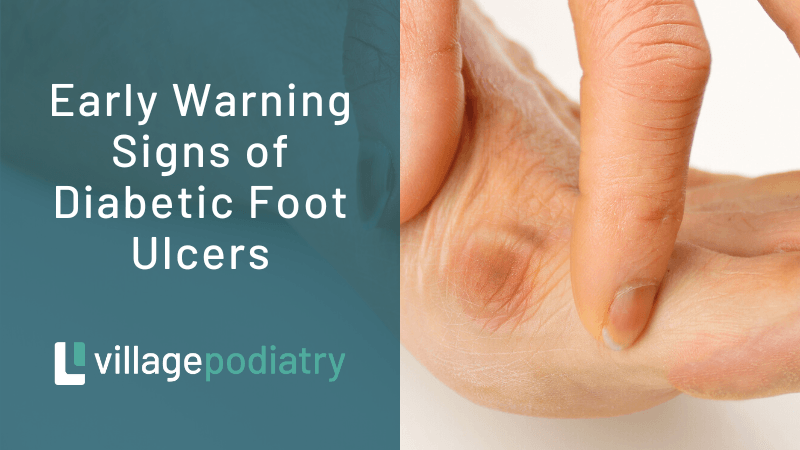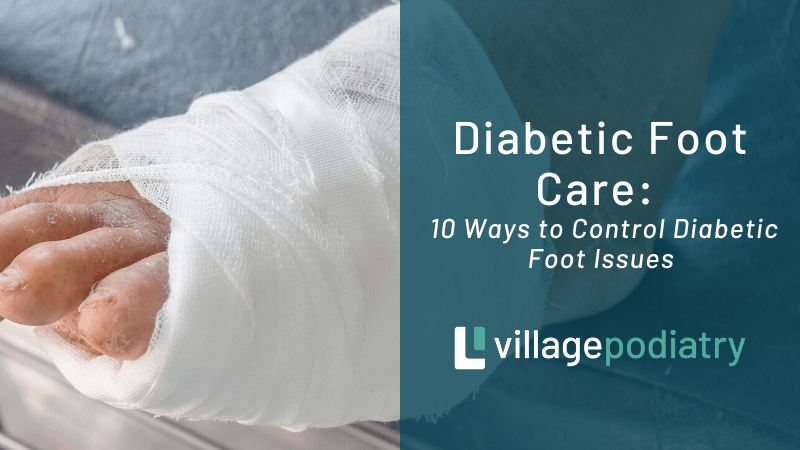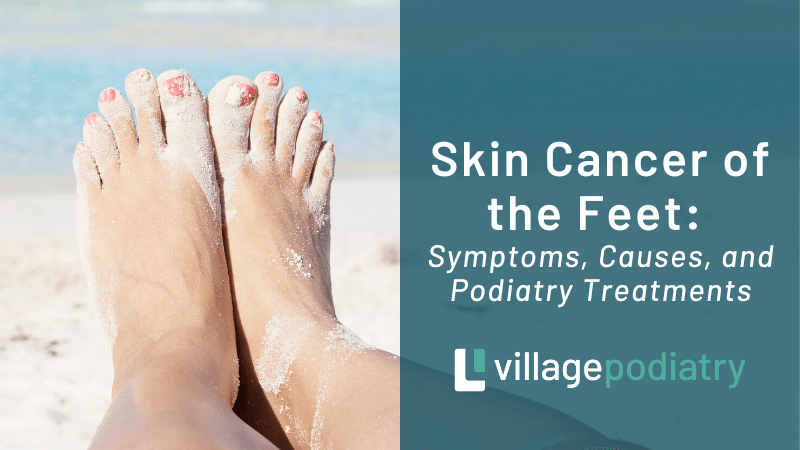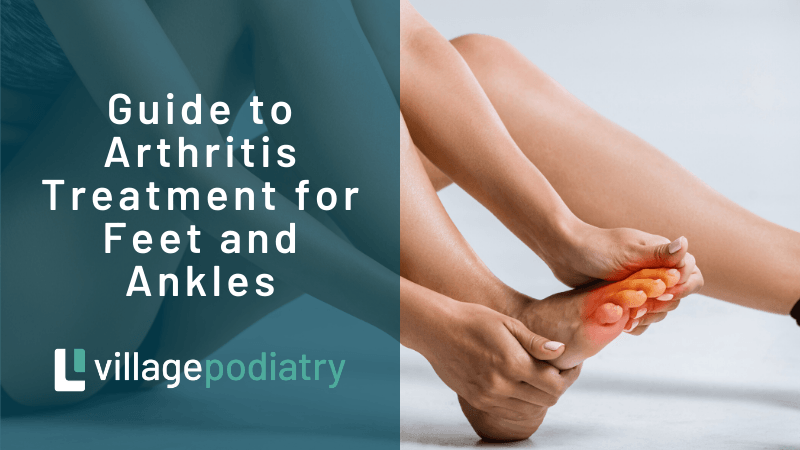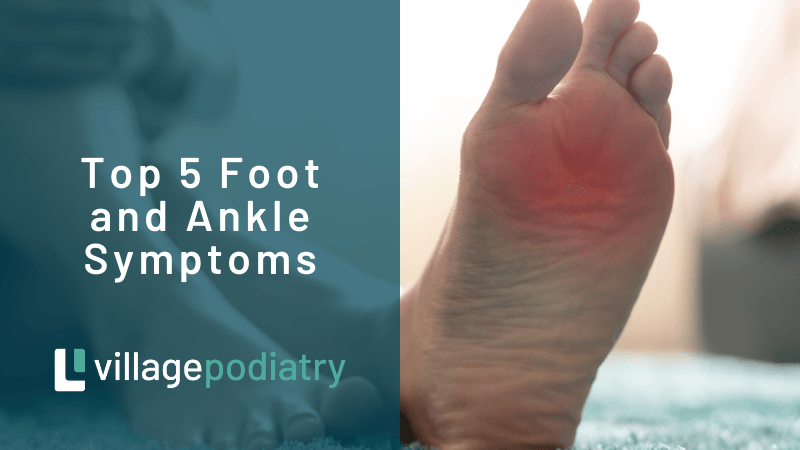How can a podiatrist help ease bunion pain?
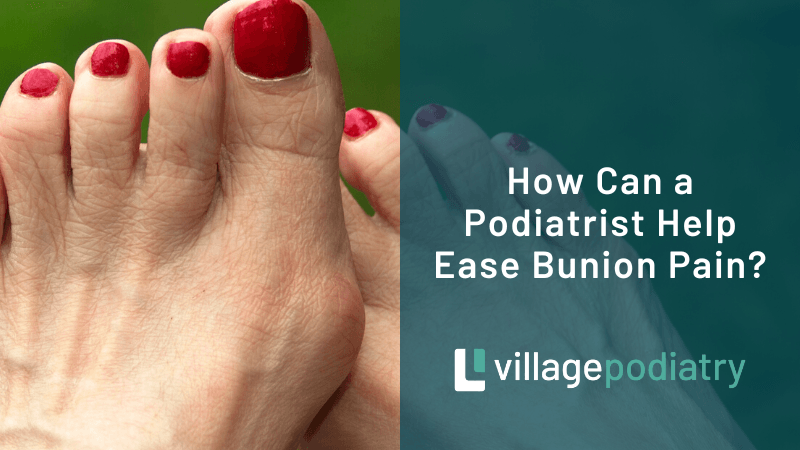
If you are one of the millions of Americans who suffer from bunion pain, you know just how debilitating it can be. Bunion pain can make walking, working, or even sleeping difficult. Fortunately, there is help. A podiatrist can provide treatments to help ease your bunion pain. This blog post will discuss the different treatments a podiatrist can offer and how they can help improve your quality of life.
What is a Bunion?
A bunion is a bony lump that can form on the joint at the base of your big toe. Bunions are usually caused by wearing tight, narrow shoes. Over time, this forces your big toe to bend toward your second toe, which can cause the bunion to form. Arthritis and other conditions that affect the bones in your feet can lead to bunions. Bunions can be painful and make it difficult to wear certain types of shoes. If you have a bunion, you may be able to treat it with over-the-counter medication or home remedies. In some cases, surgery may be necessary to remove the bunion.
What Causes Bunions?
Genetics, poorly fitting shoes, and arthritis are common causes of bunions. People with bunions often experience pain when walking or wearing shoes, as well as inflammation and redness around the bunion. In severe cases, bunions can make it difficult to walk or even stand. Bunions can worsen over time and lead to further foot problems if left untreated. If you think you might have a bunion, see a podiatrist for treatment options.
What are Non-Surgical Treatment Options for Bunions?
When most people think of bunions, they think of surgery. However, surgery is not the only treatment option for this common foot deformity. Several non-surgical treatments can help relieve pain and improve the appearance of bunions.
- Toe pads and cushions - One standard non-surgical treatment is pads or cushions. These can help reduce pressure on the bunion and prevent it from rubbing against shoes.
- Toe spacers and separators - Another non-surgical treatment option is toe spacers or separators. These devices help realign the toe and take pressure off the bunion joint.
- Orthotics - Orthotics are another standard non-surgical treatment for bunions. These devices can be custom-made or over-the-counter, and they help to support the foot and relieve pain.
- Medication - Over-the-counter pain relievers such as ibuprofen and naproxen can help reduce swelling and pain. For more severe bunions, prescription-strength non-steroidal anti-inflammatory drugs (NSAIDs) may be necessary. Corticosteroid injections can also reduce inflammation and pain.
- Physical therapy - Physical therapists can design stretching and strengthening exercises specifically for bunions. They may also recommend using ultrasound or other treatments to reduce inflammation.
If you have a bunion, talk to your podiatrist about your treatment options.
Orthotics for Bunions
Orthotics for bunions are specialized devices that provide support and relief from pain for those who suffer from this condition. Orthotics help support, align, prevent, or correct deformities and improve movable body parts' function. Orthotics for bunions can help to realign the joint and reduce pain. In some cases, they can also help prevent the deformity's progression. Orthotics for bunions are usually made from silicone or soft materials worn over the sock or directly on the skin. You can purchase them over the counter or custom-made by a podiatrist.
Shoes for Bunions
Fortunately, many companies now offer shoes and footwear designed explicitly for bunions. These products often have extra room in the toe area to accommodate the bunion. They may also feature special padding or support to help relieve discomfort. In addition, many of these shoes are stylish and attractive, so you don't have to sacrifice style for comfort. If you're looking for shoes to help ease the pain of your bunions, check out the latest offerings from these specialty companies.
What are the top DIY Bunion Treatments?
Treatment options vary depending on the severity of the condition, but some DIY treatments are effective.
- Epsom salt - Soaking the foot in Epsom salt can help to reduce pain and inflammation.
- Ice Packs - Apply ice packs to help numb the area and speed up healing.
- Exercise - Try exercises that stretch and strengthen the muscles around the big toe to realign the joint and prevent further deformities.
- Maintain a healthy weight - One of the best ways to reduce the risk of bunions is to maintain a healthy weight. Carrying extra weight puts extra pressure on the feet, which can contribute to the development of bunions.
- Rest and relax - One of the most effective treatments is to rest and relax. Rest can help reduce swelling and inflammation and give you some much-needed relief from pain. When you put your feet up and take a break from standing and walking, you give your feet a chance to recover from the stress of daily activity.
With some simple at-home treatments, it is possible to manage mild bunions and improve symptoms.
Ditch the High Heels to Reduce Bunion Pain
High heels put extra pressure on the toes, which can eventually lead to bunions. So if you want to avoid bunions, you should stop wearing high heels regularly. This may not be easy, as high heels are often considered essential for various occasions. But it's important to remember that bunions can be extremely painful, so it's probably not worth sacrificing for your health. Next time you're getting ready for a night out, consider leaving the high heels at home. Your feet will thank you in the long run.
What are Surgical Options for Bunions?
Fortunately, there are several surgical treatment options available for bunions. The most common procedure involves cutting out the bunion and realigning the toe. Sometimes, podiatric surgeons may use pins or screws to hold the toe in place while it heals. Other procedures involve breaking and resetting the bone or fusing the joints. While surgery is not always necessary, it may be recommended for severe cases or if non-surgical treatments have failed to provide relief.
How Do You Prevent Bunions?
There are some things you can do to prevent bunions from forming:
- Wear shoes that fit well and don't put pressure on your toes.
- Avoid high heels or other shoes with narrow toe boxes.
- Use pads or other devices to keep your toes in alignment.
If you have a family history of bunions, you may be more likely to develop them. But following these preventive measures can help reduce your risk.
Schedule an Appointment with a Podiatrist for Bunion Treatment
What does a podiatry visit for bunion treatment entail?
If you have a bunion, you may be wondering what to expect during your first visit to the podiatrist.
The podiatrist will take a medical history and perform a physical examination during the initial consultation. They will also assess any other foot problems you may have. X-rays help determine the bunion's severity and rule out other conditions. Once a diagnosis has been made, the podiatrist will develop a treatment plan. This may include conservative measures such as orthotics, padding, and shoe modifications.
The first step in treating bunions is to make an appointment with a podiatrist. During your visit, they will assess your condition and develop a treatment plan to relieve your pain and improve your quality of life.
Contact a local podiatrist to learn more about bunion treatment.



